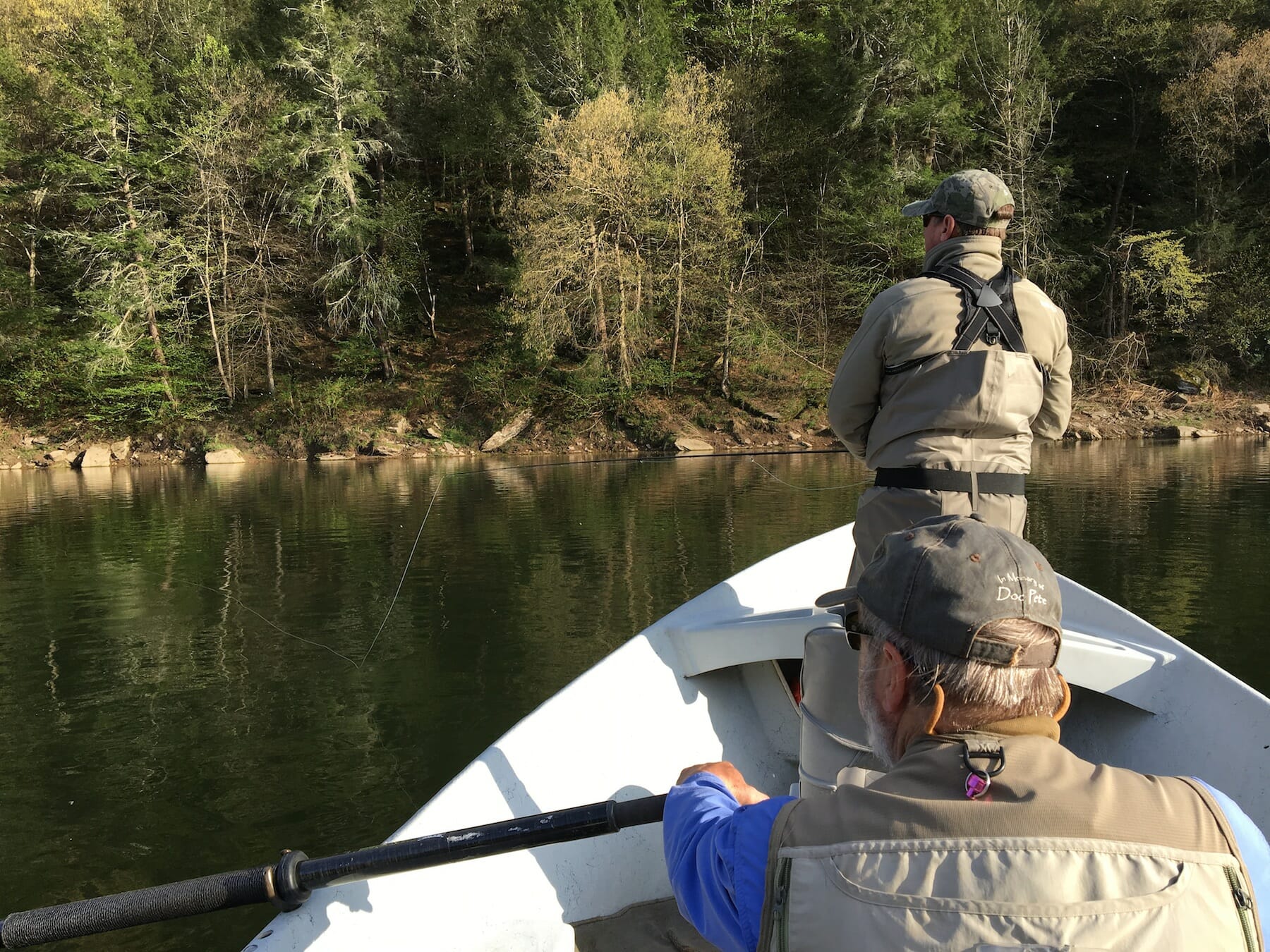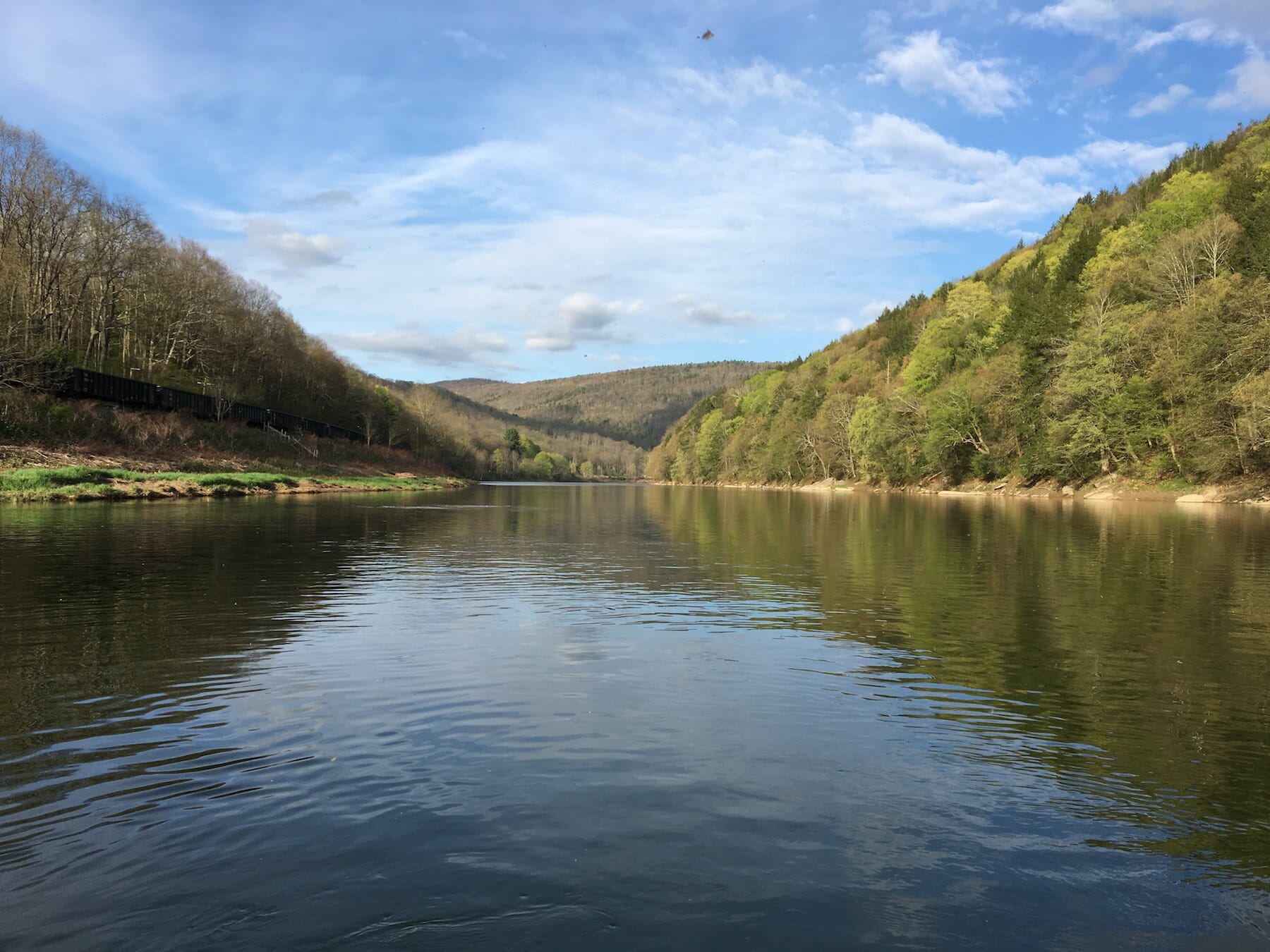By David Kinney
A few months ago, New York City agreed to voluntarily release more water from its reservoirs on the Upper Delaware in order to protect the river’s wild trout fishery during the summer heat.
The decision came after the city and the four states in the Delaware River Basin failed to renew their temporary flow management program — risking a return to antiquated policies that would be catastrophic to the river and the fish.
Now, city officials have announced that once the summer is over, it will suspend the releases, a misguided move that could leave vast sections of the Upper Delaware dry after October.
The city’s decision shows why we can no longer rely on stopgap, temporary, or voluntary measures to protect this economically significant river and fishery.
Under a 1954 Supreme Court decree, the city and the four states in the watershed — Pennsylvania, Delaware, New Jersey, and New York — are responsible for managing how much water is released from city reservoirs for downstream needs. In recent years, the parties have reached temporary deals.
TU and our partners have been pushing for the parties to come to terms on a long-term, permanent program to set flows that provide for a trout fishery valued at $414 million, as well as meet the water supply needs of New York City, New Jersey, and other downstream users. There is enough water to go around; a compromise is within reach.
As Chris Wood, President and CEO of Trout Unlimited, says, “This is the height of irresponsibility. This is not hard math. A small bit of extra water in the summer + slowing the dramatic up-and-down reservoir releases = a $1 billion fishery for a region that could really use the help.”

Adequate flows are important in the summer, when high temperatures can put the fishery at risk. But the fact is, low flows are always a threat — whatever the season.
Winter is already a stressful time for wild trout. Low flows can multiply the impacts: Dry sections may hamper movement and put key habitat off limits. Spawning beds can be dewatered. “Anchor ice,” a phenomenon during which the streambed freezes, can destroy eggs laid in the fall. These cold-weather conditions are also damaging to the aquatic macroinvertebrates that trout feed on, potentially amplifying the impacts on the Upper Delaware’s wild trout populations.
We are heartened to hear that progress has been made by Delaware River decision-makers over the past three months, and we encourage the parties to continue working toward a sensible deal. It’s long past time for a long-term flow agreement to protect the river.
In the meantime, for the sake of the fishery, we urge the states to support the continuation of New York City’s voluntary releases until a new flow program agreement is reached.
David Kinney is Trout Unlimited’s mid-Atlantic policy director.



